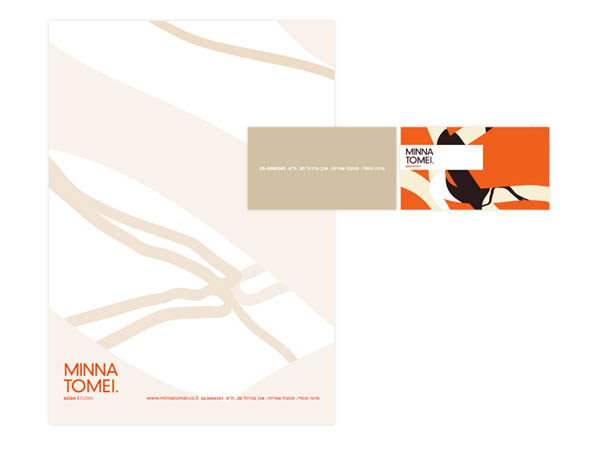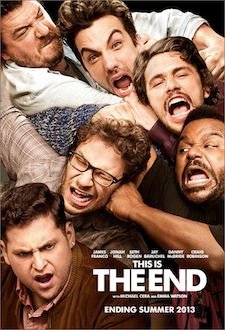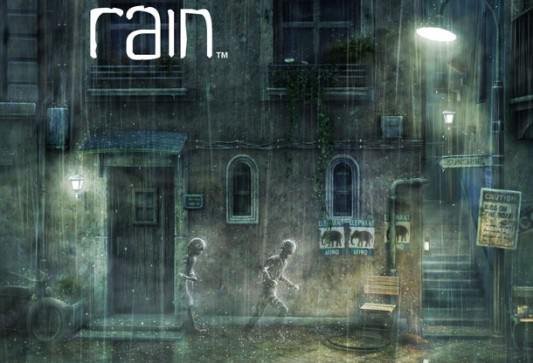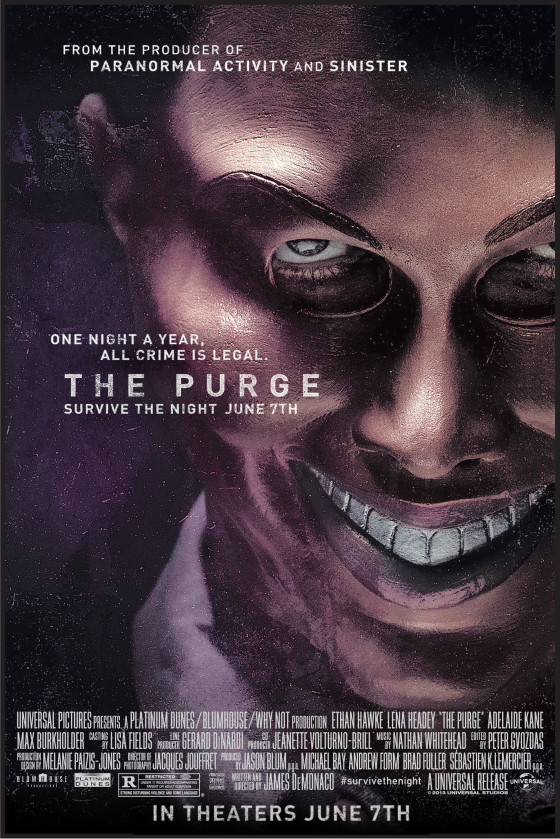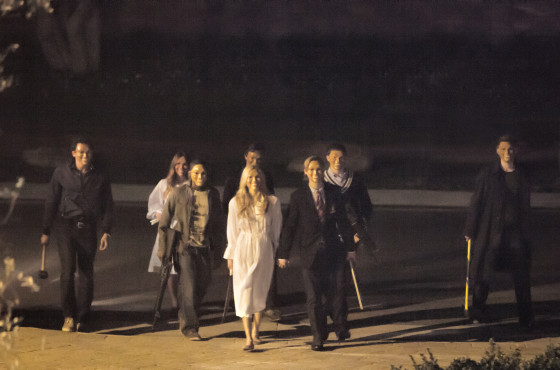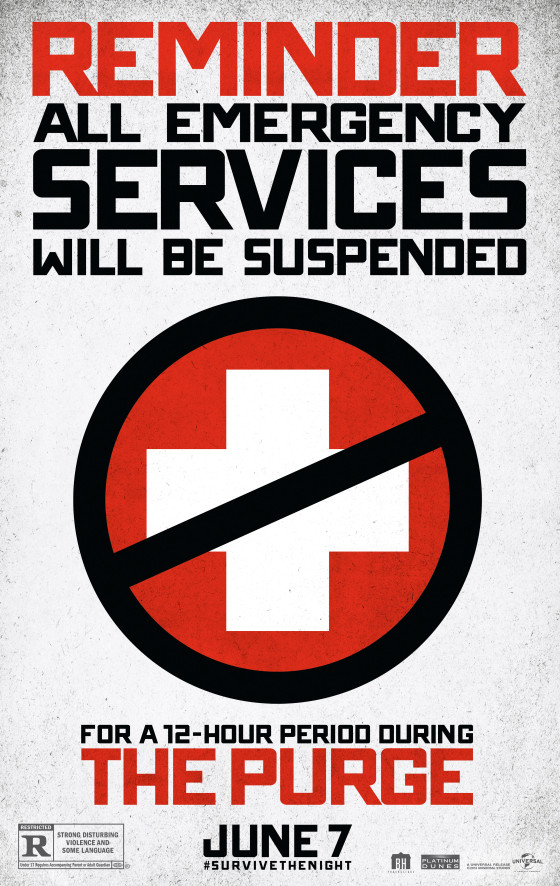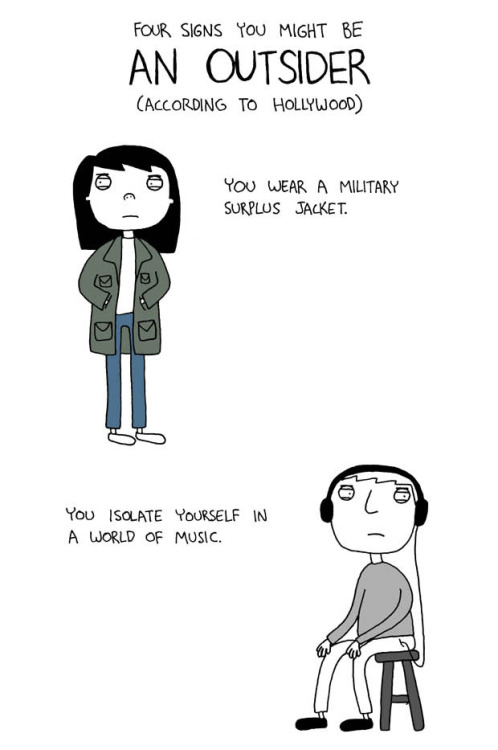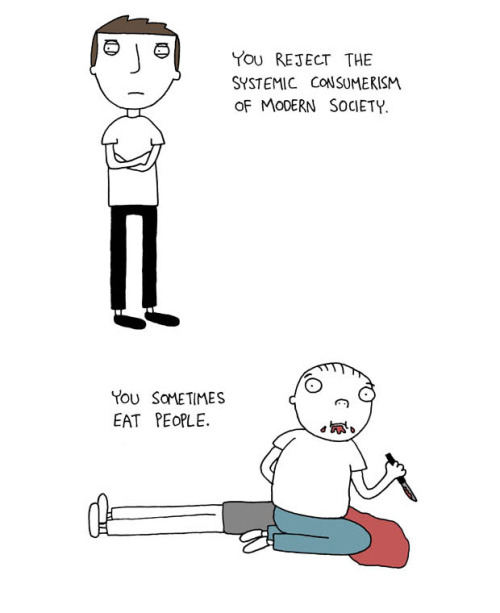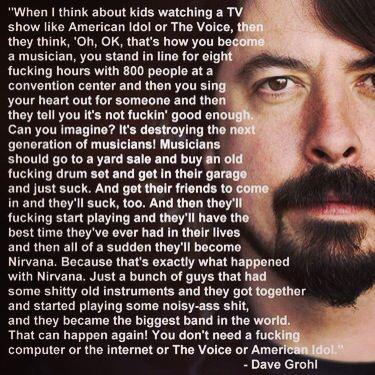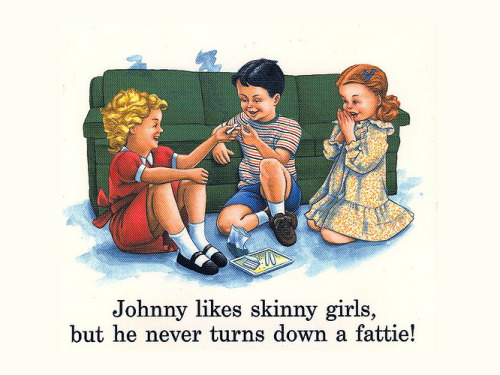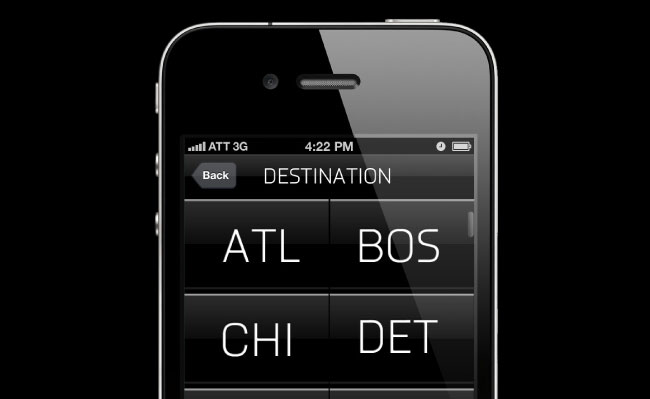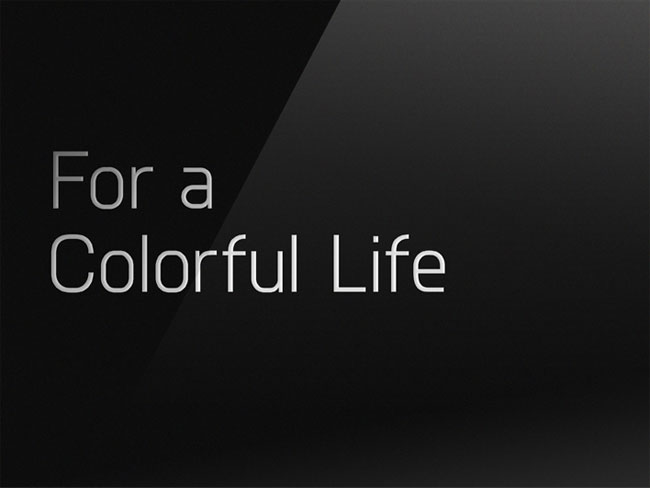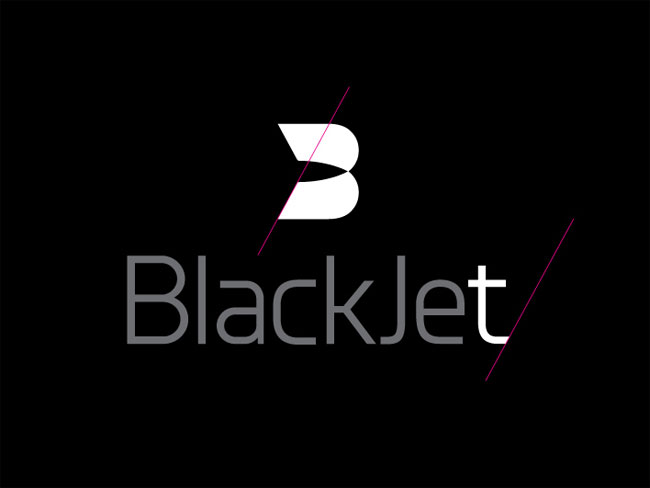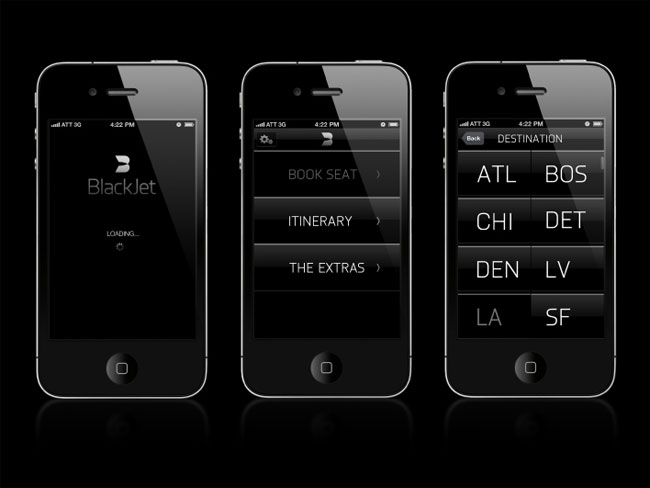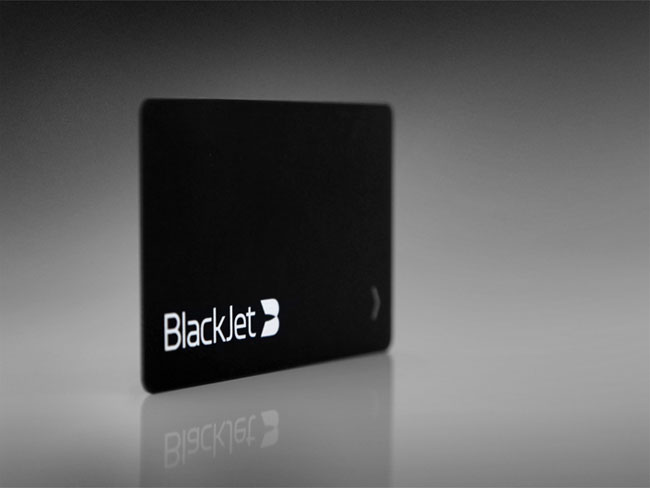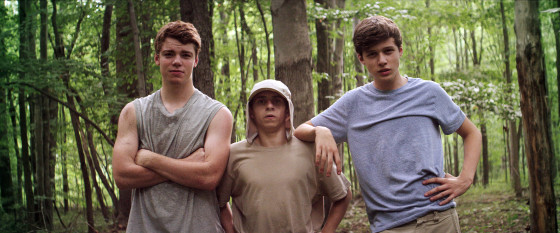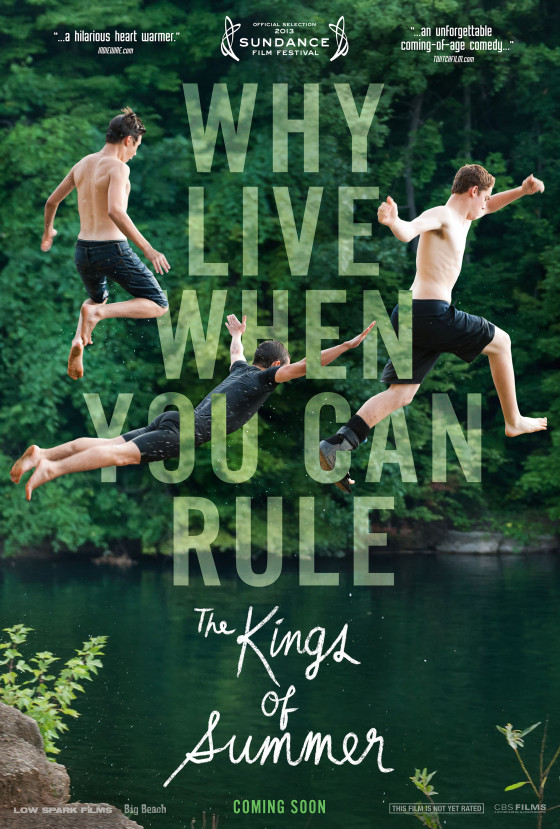
In this time of hope and decorative mortarboards, we reached out to some of our favorite writers, asking them: What do graduates really need to know about the world of work? Their answers are below.
 Heidi Grant Halvorson
Heidi Grant Halvorson
Associate director for the Motivation Science Center at the Columbia University Business School and author of Nine Things Successful People Do Differently.
There will be obstacles, setbacks, challenges. Many things will be more difficult than you thought they'd be. The key to success (scientifically speaking) is perseverance. You've just got to hang in there — there's no other way to win. But how do you do it? A great way to be more resilient is to stop comparing yourself to other people, and compare yourself to your own past performance — last week, last month, last year. Are you improving? That's the only question that matters.
 Daniel Gulati
Daniel Gulati
A tech entrepreneur based in New York, he is a coauthor of the book Passion & Purpose: Stories from the Best and Brightest Young Business Leaders.
The tough, thorny problems are the most valuable ones, but most people will shy away from the challenge. Solve these problems.
 Dorie Clark
Dorie Clark
A strategy consultant who has worked with clients including Google, Yale University, and the National Park Service. She is the author of Reinventing You: Define Your Brand, Imagine Your Future.
In a world of layoffs, outsourcing, and industry disruption, the only "career insurance" you can get is through figuring out the answer to one particular question: how can you make yourself truly valuable professionally? Most recent grads assume they'll do OK if they work hard. But doing the assigned job is table stakes, and not enough to matter very much when other, cheaper options become available for your employer. You need to hone a skill no one teaches you in college, and few people in the workforce understand: the ability to identify problems no one has explicitly articulated, and then solve them.
How can you make yourself a connector in your company, and share information with those that need it? How can you lend a unique perspective to corporate discussions? What minor task or gruntwork can you take off someone's plate, thereby earning their gratitude? What leadership position — perhaps that no one else wants — can you leverage to build connections and a solid professional reputation? Answering those questions isn't easy. But if you can do it, you're miles ahead of the legions who don't even grasp they should be asking them.
 Maxwell Wessel
Maxwell Wessel
A member of the Forum for Growth and Innovation, a Harvard Business School think tank developing and refining theory around disruptive innovation.
There are a thousand paths in front of you. The ones you know about are often safe and unobstructed: work for a big company in a narrow role, get a promotion, get a slightly bigger role, take on a mortgage, buy a house, wait for the next promotion to pay down your debt, etc. Those paths were developed by people who rely on process and rules to tame the chaos that is life. But those paths, the ones you learned about in your career offices aren't the only ones afforded to you. You can dare to be different. You can break the rules. And while some will scold you for it, others will shower you with outsized reward.
 Nilofer Merchant
Nilofer Merchant
She's the author of 11 Rules for Creating Value in the Social Era.
As you go out into the world, ask yourself, "which network do I want to plug myself into?" Today, connected individuals can now do what once only large centralized organizations could. This means that you don't need to belong to a big firm to create value, but you do need to work alongside talented people. So don't look at the organizational name or the title you'll have. Those are relics from the industrial era. In the social era, look to the relationships you'll have because these people with which you'll work hold the keys to what you'll create and achieve.
 Whitney Johnson
Whitney Johnson
She's is a co-founder of Rose Park Advisors, Clayton Christensen's investment firm, and the author of Dare-Dream-Do: Remarkable Things Happen When You Dare to Dream.
Take the hardest job you can find in a city where there are lots of smart people. Statistically, you will have changed jobs in less than two years. Maybe even fields. You want your first job to open even more doors than were open upon graduation.
 James Allworth
James Allworth
He is the co-author of How Will You Measure Your Life?. He has worked as a Fellow at the Forum for Growth and Innovation at Harvard Business School, at Apple, and Booz & Company.
Understand the way your mind works in relation to motivation. Money, a fancy title, a prestigious firm — these are what are known as extrinsic factors. Your friends and family can see them, you can put them on a resume, or discuss them in a job interview. But these visible, extrinsic factors are not a source of contentment. Rather, the research suggests they're actually a source of discontentment — when they're absent. In other words, having these extrinsic motivators in abundance won't make you happy; instead, all that abundance will result in is an absence of dissatisfaction. That's (obviously) not the same thing as being satisfied.
True motivation relies on a very different set of factors: they're intrinsic in nature, much harder to measure, and may even be unique to you. Being given the opportunity to shoulder responsibility and work independently. The ability to learn and grow. And, perhaps most important of all, doing something you think is meaningful. Understanding that our minds work in this way — that there's not a single spectrum all the way from "love it" to "hate it" — but rather, two spectrums that are at work completely independent of each other: one which will cause us to be dissatisfied (extrinsic) if absent, and another that will cause us to love what we do (intrinsic) if present... well, learning that has totally changed the way I think about my working life.
 Amy Jen Su & Muriel Maignan Wilkins
Amy Jen Su & Muriel Maignan Wilkins
They're the co-founders and managing partners of Isis Associates and authors of Own the Room: Discover Your Signature Voice to Master Your Leadership Presence.
Amy Jen Su: Recognize you have the power of choice at every moment available to you: choice in what you do for work, who your friends are, even what your attitude will be for the day. Be conscious, stay awake, and live with your eyes wide open. Own your life and career. Accept the trade-offs inherent in every decision and choice you make. For every "yes" there is an implicit set of "no's" you are saying so make your choices and commitments wisely.
Muriel Maignan Wilkins: Embrace your "good enough." Don't let others and circumstances dictate what you should be or what you should aspire to. Establish what your "good enough" looks like early on — that wondrous place between settling and perfection where you are content with what you have to offer life and what life offers you.
 Gianpiero Petriglieri
Gianpiero Petriglieri
An Associate Professor of Organisational Behaviour at INSEAD, where he directs the Management Acceleration Programme, the school's flagship executive programme for emerging leaders.
If your graduation speaker calls you a "future leader," cover your ears. Don't let that "future" label stick. If you aspire to lead — and have a goal, a dream, a purpose — begin now. Leadership is an activity, not a destination. Pursuing that dream will give you thrill and heartache, hope and frustration. It will give your work meaning and make you feel alive. That pursuit, however, will rarely set you free or make you happy. Those you will only get once you learn to surrender. To life and love. This is why you need to make sure that yours is a real dream and not just an obsession. How can you tell the difference? An obsession owns you. It asks you to surrender life and love to it. A dream holds you, while asking that you surrender to both.
 Claudio Fernández-Aráoz
Claudio Fernández-Aráoz
The author of Great People Decisions.
Begin with the end in mind: Who do you want to be? What legacy do you want to leave to our world, you partner, your children? Second, always do what you enjoy. Many times "success" will lead you to promotions which will become the envy of your friends, while leaving you empty and pulling you away from what you really love to do. Periodically assess what you are doing, find out what you don't like to do, and just stop doing it. Finally, surround yourself with the best by proactively and carefully choosing your partner, your friends, your boss, your colleagues. You can't do it alone, and in great company even the toughest times magically become glorious journeys.
 Rafi Mohammed
Rafi Mohammed
He's a pricing strategy consultant and author of The 1% Windfall: How Successful Companies Use Price to Profit and Grow.
Volunteer for the garbage. Most of you won't get a prime job or high-profile assignment right out of the chute. Don't despair; instead cheerfully take on the worst assignment that no one else wants to do and super-excel on it. By making a success of a project that everyone dreaded, it'll be easier to showcase your talents. This recognition and gratitude will set the platform for you to be selected for the next high profile "we need to execute perfectly" opportunity. Trust me: I've seen a lot of people succeed (advancing within an organization or landing a better job) by following this route.
 Karen Dillon
Karen Dillon
She's the former editor of Harvard Business Review and co-author of How Will You Measure Your Life?.
Be interesting. When you sit in that interview, don't assume that the lines you can write on your resume will be enough to get your foot in the door to the job of your dreams. We're going to spend long hours, five days a week working together. I don't want to work with someone who is narrow and boring. Have opinions — on politics, on pop culture, on favorite writers or thinkers. Have personal interests that may have nothing to do with the job at hand. Have something to say.



